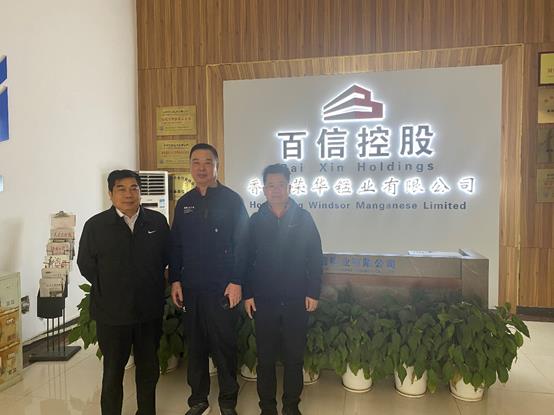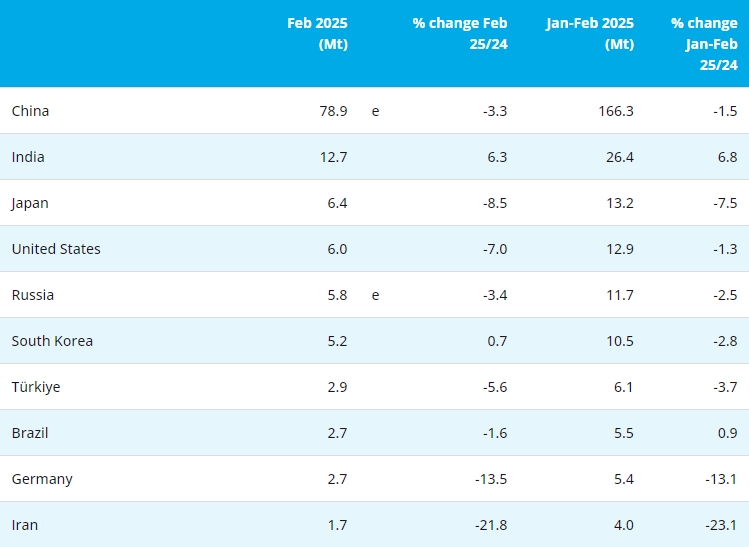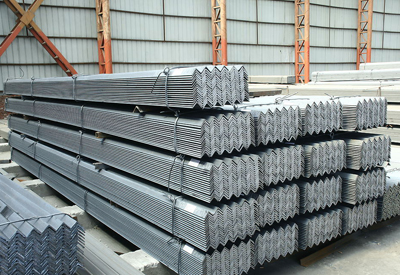European FeV80 prices averaged US$21.8 per kilogram in the March quarter and remained at a similar level (US$21.2/kg) in the June quarter. Many market participants expected the September quarter and December quarter to bring about some recovery in prices, particularly given supply-side concerns brought about by Evraz Highveld, which produces vanadium, filing for voluntary business rescue.
This recovery did not happen. In fact, prices plummeted over the course of the September quarter, averaging US$17.9/kg. In the last three months of December, the price dropped severely, averaging US$13.5/kg. Prices in the March quarter of 2016 showed some recovery, averaging around US$14.6/kg, so far.
Falling prices are, in part, a symptom of oversupply and excess capacity. During the commodities boom of the 2000s, which saw prices of vanadium and iron ore increase significantly, Chinese co-producers (notably Chengde and Pangang) instigated extensive capacity expansion projects. Roskill estimates that in 2014, the Chinese capacity utilisation rate was just 41%.
Capacity expansions, in turn, led to year-on-year production increases in China. What’s more, outside of China, new material has entered the market: Largo Resources has successfully brought its Maracás Menchen project in Brazil into production and the company continues to optimise operations as part of its ramp-up to full production.
Roskill’s most recent ‘Vanadium Quarterly Review’ argues in addition to spare capacity, depressed sentiment over future growth prospects for vanadium demand is also weighing on prices. China’s unprecedented currency devaluation in 2015 brought with it confirmation of the fact that growth prospects for the world’s second-largest economy have worsened. Crude steel production in China, which enjoyed double-digit growth just a few years ago, is now forecast to remain broadly flat.
Roskill’s baseline forecast suggests Chinese steel production will grow at only 0.2% per annum to 2025. While vanadium is mostly used in high strength, low alloy (HSLA) and alloy steels, this low growth forecast for crude steel production can still be considered indicative, and is playing its part in dampening expectations for future growth in vanadium demand and driving prices down.
The importance of China as the key driver of vanadium demand is evidenced by the dramatic increase in its share of consumption in recent years (Figure 1). China’s consumption over the period from 2006 to 2014 increased by 217%, whereas total growth in the rest of the world amounted to just 37% over the same period. Another notable trend is that the decline in consumption experienced in 2008 and 2009 in the rest of the world was not felt in China, where consumption continued to grow, albeit at a slower pace.

As of 2015, steel applications are estimated to account for 91% of total vanadium consumption. Vanadium use in steel can be further subdivided into use in HSLA steel, full-alloy steel and carbon steel, with HSLA and fully-alloy steels together accounting for over three-quarters of all consumption in steel applications. Non-ferrous alloys – mostly in the form of titanium alloys, super alloys, and magnetic alloys, are believed to account for 4.5% of consumption. Chemical applications represent around 3.5%, while other applications, including batteries, account for the remaining 1% of consumption.
It is important to assess the future trends underpinning demand in these end uses, in order to determine whether the fundamentals point towards long-term vanadium demand growth and a recovery in vanadium prices.
Steel trends
Over the 2006 to 2014 period, production of crude steel increased from 1.25 billion tonnes to 1.66Bt at a compound annual growth rate (CAGR) of 3.6% per annum. Steel production outside of China was nearly the same in 2014 as it was in 2006 (although it fluctuated in the intervening years). All of the growth in output over this period is attributable to increases in China.
China’s steel sector is believed to be at a turning point. As such, China’s future output is difficult to forecast, as there is both upside and downside potential in terms of overall production. Trends outside of China, such as the continuing development of emerging economies, are also difficult to predict. Roskill anticipates global output to rise at 1.6% per annum to 2025.
This low rate of growth doesn’t necessarily mean weak growth in vanadium consumption in steel, which Roskill expects to outperform overall crude steel production, as demand for high-strength steels and other vanadium-bearing steels is expected to increase. As opposed to crude steel, demand for special steels is not yet believed to have peaked in China, or around the world, meaning an increase in the intensity of use of vanadium in steel is expected.
In 2014, China’s intensity of use of vanadium in steel was estimated at 49g vanadium/t crude steel, up from 37g V/t crude steel in 2010. As shown in Figure 1, intensity of use is expected to increase in all regions around the world to 2025, with the largest increases in those regions that, as of 2014, had the lowest intensity of use, and the slowest growth in areas such as North America, where intensity of use is already mature and additional growth potential is limited. The chart, in other words, is reflective of a degree of convergence, with discrepancies in intensity of use expected to gradually decrease over the outlook period.

Non-ferrous alloy trends
The outlook for vanadium demand in non-ferrous alloys is almost totally dependent on trends in demand for titanium alloys in commercial, business and military aircraft.
Demand for titanium-vanadium alloys is expected to show a higher rate of growth than overall growth in the commercial aircraft sector, as a result of increased unit consumption of alloys in aircraft. Vanadium-bearing titanium alloys traditionally account for 5-7% of aircraft weight, but this percentage rises to 20% in the Airbus A380 and the Boeing B787 models.
Forecasts for future air travel usage suggest growing demand. Boeing forecasts annual world passenger traffic growth of 5% between 2013 and 2033 and 4.7% for cargo traffic. Airbus forecasts annual global air traffic growth at 4.7% between 2014 and 2033. This growth will bring about the need for construction of 31,350 new aircraft, valued at US$4.6 trillion.
Roskill’s ‘The World Market for Vanadium to 2025’ notes that total use of titanium-vanadium products in commercial aerospace applications is expected to grow by an annual average of about 3.4% to 2025, increasing to about 6,200t of vanadium.
Chemicals trends
For the most part, chemical end-uses for vanadium compounds are mature markets and little growth is expected over the medium term other than from organic growth. China remains an important and growing market and is expected to drive any increases in vanadium consumption over the medium term. Total annual use of vanadium in chemicals is forecast to increase at about 3.8% to 2025.
The use of ammonium metavanadate in catalysts for sulphuric acid production remains the most significant application by volume. Sulphuric acid and maleic anhydride production is expected to see modest growth over the short term. Sulphur dioxide emission regulations are now almost universal and are becoming more demanding. Coal-fired power generation is a major sulphur emitter and in need of efficient desulphurisation catalysts to facilitate compliance with current and future regulations.
Developing economies that will continue to rely on coal for significant proportions of power needs (e.g. China and India) will need to continue to equip plants with sulphur removal equipment. Demand for vanadium will also increase in oil refineries where vanadium catalysts are deployed in desulphurisation of crude oil. An increasing proportion of crude oils will be produced with higher sulphur and heavy metals content.
Vanadium-bearing catalysts face competition from alternative materials so future consumption is dependent on the outcome of this competition, some of which offers commercial benefits like lower rates of catalyst replacement.
With regards to the vanadium chemical market, the US chemical and petroleum industries are demanding increasingly efficient catalysts to drive reactions. The two main applications for vanadium are catalysts for sulphuric acid production and for synthetic rubber manufacture. Sulphuric acid has its use in a variety of chemical purposes such as in the manufacture of fertilisers, lead acid batteries in vehicles, and refining and treatment of contaminated water.
Another valuable application of sulphuric acid is in the refining process of rare earth element-containing ores. The increasing global demand for rare earth elements could help drive vanadium growth as it is a key ingredient in sulphuric acid production.
Trends in batteries
Use of vanadium in batteries remained minimal in 2014. However, electrochemistry remains a potential area for growth of vanadium pentoxide use. Vanadium salts can be used as electrolytes for vanadium redox batteries (VRB) and in some types of lithium-metal polymer batteries.
Power storage and automotive batteries have been key areas of research investment given the growth of grid-connected intermittent energy sources such as photovoltaics and wind turbines, and the increasing commercialisation of electric vehicles driven by high fuel prices and CO2 reduction targets.
An increase in output of renewable energy is expected to drive a rise in demand for grid energy storage. The intermittent nature of many forms of renewable energy is generally not conducive to the way energy grids have traditionally operated. If these energy sources are to supply the world with its energy requirements, methods for effective large-scale storage of energy must be established.
The grid storage market has traditionally been dominated by pumped hydro systems, owing to the large unit sizes, and the method having been long-favoured by the electric utility sector. Batteries account for a relatively small share of the energy market (Figure 3).

Summary
Despite falling prices and concerns over the future of Chinese growth and steel output, there is cause to be optimistic with regard to long-term vanadium demand growth. Increases in capacity will keep ahead of increases in demand, but Roskill expects demand to increase to about 131,000tpa of vanadium by 2025, a CAGR of 3.1% from 2014.
Over the period to 2025, the relative share of consumption of the various end uses of vanadium is expected to remain reasonably unchanged. Most of the growth in demand will come from steel – driven more by increased intensity of use of vanadium in steel than increases in steel output.
The market will remain challenging for the time being, particularly for high-cost producers. Over the medium and longer term, Roskill does not expect prices to recover to the highs of the period from 2004 to 2009, when they averaged above US$40/kg and peaked at levels double, and even three-times, that amount.
However, if demand – as expected – continues to increase, it may exceed operational capacity very soon. Short-term supply shocks, or even more momentous supply-side developments, such as the closure of Evraz Highveld, might help in this regard.
Article from Internet for Reference only
Copyright © 2013 Ferro-Alloys.Com. All Rights Reserved. Without permission, any unit and individual shall not copy or reprint!
- [Editor:Sophie]



 Save
Save Print
Print Daily News
Daily News Research
Research Magazine
Magazine Company Database
Company Database Customized Database
Customized Database Conferences
Conferences Advertisement
Advertisement Trade
Trade





 Online inquiry
Online inquiry Contact
Contact

Tell Us What You Think